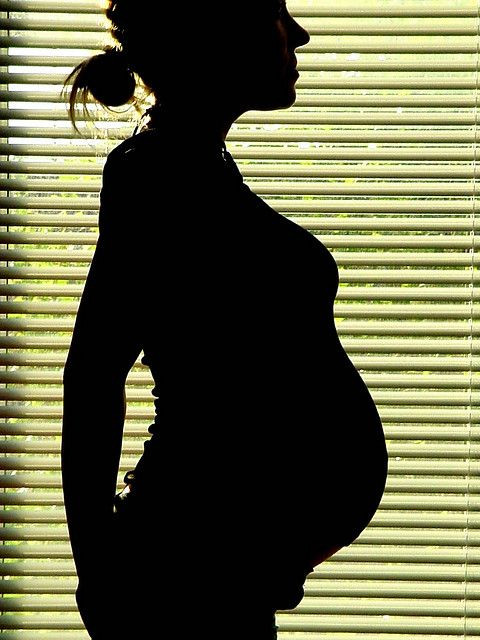Modern Abortion Methods Make Termination Safer, No Longer Linked To Riskier Births Later In Life

Abortions, though a controversial topic of discussion, remain an important choice for women of child-bearing age. With over 40 million procedures performed worldwide, the health risks endured must be known to women who choose it. However, changes to procedures that coincide with modern medicine have reduced the health risks endured by women who opt to terminate their pregnancies. As a result, the risks faced during subsequent pregnancies have decreased significantly.
A new study led by Gordon Smith from the University of Cambridge found that abortion was a strong risk factor for subsequent preterm birth in the 1980s but over the next 20 years, the link progressively deteriorated and was no longer present among women giving birth from 2000. The Scottish Stillbirth and Infant Death Survey (SSBIDS) was considered from 1985 onward and morbidity records from 1980 onward.
Researchers found that there was a 15-percent increase in the odds of preterm birth associated with each previous abortion. Notably, there was an 18-percent increase in the odds of spontaneous preterm birth for each prior abortion, but no association between previous abortion and the risk of induced preterm birth. Induced preterm births were defined as those where there was either a prelabor caesarean section or a documented method of induction, or forcing, of labor.
It is important to note changes in abortion technology between 1980 and now. Previously, abortions were surgical procedures in which a woman's cervix is mechanically dilated and her unborn child is removed from her body. This posed great risk of damage to the woman's cervix, an organ that responds to hormones, not tools, to remain closed during a pregnancy to sustain that pregnancy. A similar risk is faced by a woman's uterus, the place in which fetuses develop before birth; during a surgical abortion, damage can be suffered by this organ as well. Potential damage can affect subsequent pregnancies as the organs they need for appropriate development have been injured or damaged by the surgical abortion.
However, as the ways to manipulate biology became apparent, mechanical disruption of the cervix became a thing of the past. In 1992, cervixes were no longer mechanically forced to open, but rather hormones, gemeprost, and misoprostol were used to soften and dilate cervixes as if the woman were actually giving birth. This reduced a lot of stress and trauma to the organ during surgical abortions. Similarly, in 2001, researchers established the role of the hormone progesterone in maintaining pregnancies. This led to the development of mifepristone, a drug that would essentially turn off the effect of progesterone in a woman who wished to terminate her pregnancy. This, used in combination with the cervical-softening hormones, was the advent of the medical abortion.
Surgical abortions in the 1980s carried a 30 percent or greater risk for subsequent premature births. The discovery of gemeprost and misoprostol to soften the cervix reduced the risk to 10 to 20 percent in the 1990s. And most notably, there has been no link between an abortion and a subsequent premature delivery, starting from the year 2000. Medical abortion use increased from 18 percent to 68 percent from 1992 to 2008. Similarly, the surgical abortions occurring without cervical preparation decreased significantly in the same time, from 31 percent to 0.4 percent.
This suggests that the use of surgical abortion may have been responsible for the increased risk of spontaneous premature birth. The phasing out of this procedure, by the availability of safer methods, in Scotland in the 1980s and 1990s may have led to the subsequent disappearance of the once existent link between previous termination of a pregnancy and premature delivery from 2000 onward.
"We believe that it is plausible that modernizing methods of termination of pregnancy worldwide may be an effective long-term strategy to reduce future rates of preterm birth," the study's authors concluded.
Source: Oliver-Williams C, Fleming M, Monteath K, Wood AM, Smith GCS. Changes in Association between Previous Therapeutic Abortion and Preterm Birth in Scotland, 1980 to 2008: A Historical Cohort Study. PLOS Medicine. 2013.



























